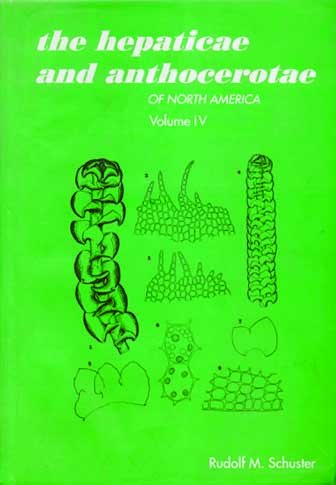Hepaticae and Anthocerotae of North America East of the Hundredth Meridian Vol IV
Hepaticae and Anthocerotae of North America East of the Hundredth Meridian Vol IV
Couldn't load pickup availability
"The fourth volume of this work is a direct continuation of Volume III. It includes treatments of 135 species and 59 infra specific taxa, which fall into 33 genera and 9 families. Of these families, four stand out for their exceptional difficulty: the Plagiochilaceae, with perhaps over 1000 valid species; the Cephaloziellaceae, whose taxa are so reduced that morphological characters are few and taxonomic understanding is difficult to achieve; the Radulaceae, whose taxonomy remains chaotic; and the large family Lejeuneaceae. This last is the most intractable of all liverwort families, at both genus and species levels. With the Lejeuneaceae an apogee is reached in liverwort evolution, and the group shows a pattern of explosive evolution identical with that of many large, complex families of angiosperms–the usual hosts of this difficult group. An understanding of the taxa within these intractable families is possible only by paying attention to environmentally induced malleability and by simultaneously studying the extraterritorial taxa. Therefore, copious data on intraspecific variability, generic perimeters, and relationships with extraterritorial taxa are given. Since hepatics, perhaps more so than other plants, generally have highly specific spatial distributions, both ecological ranges and geographical distribution are given in some detail. With the march of “progress”, some taxa are now apparently extinct, in North America at least. As in prior volumes, the treatment of the various taxa is supplemented by detailed illustrations, most of which are by the author. An attempt is made to illustrate not only the usual gametophytic details, but also cytological details, sporophyte anatomy, and branching modalities. For Lejeuneaceae, cladographs, illustrating branching modes, are often given, and here any understanding must entail consideration of allied tropical taxa, since the family, in North America, is at the northern fringe of its distribution. The author’s wide fi
Share

